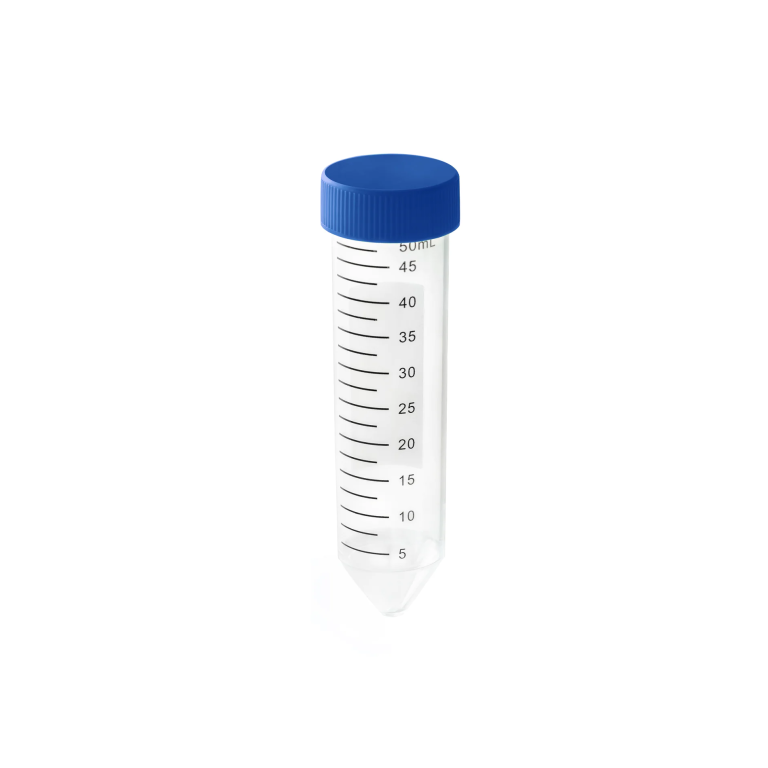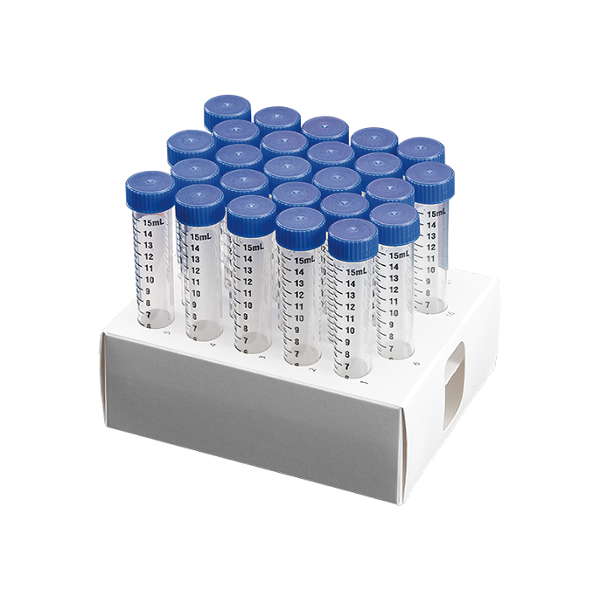Proper labeling and storage of centrifuge tubes are essential for maintaining sample integrity, preventing cross-contamination, and ensuring easy identification of samples in a busy laboratory. Here are the best practices for labeling and storing centrifuge tubes:
### 1. **Labeling Centrifuge Tubes**
#### **Labeling Materials**
– **Waterproof markers**: Use permanent, waterproof markers that won’t smear, even when exposed to liquids, chemicals, or cold temperatures (e.g., Sharpie fine-tip).
– **Cryo-labels or lab-specific labels**: For samples stored in extreme temperatures (e.g., freezers, liquid nitrogen), use specialized labels designed to withstand freezing and thawing cycles.
– **Pre-printed or barcoded labels**: For high-throughput labs, using pre-printed labels or barcoding systems helps track samples efficiently.
#### **Label Placement**
– **On the tube body**: Write directly on the tube body rather than the cap, as caps can be accidentally swapped or removed during handling.
– **Avoid labeling the conical part**: On conical tubes, avoid writing on the narrow section, as this area can be harder to read, especially when the tube is placed in racks.
– **Use clear labeling formats**: Include essential information such as:
– Sample ID
– Date
– Contents (e.g., DNA, plasma, buffer)
– Concentration or volume (if needed)
– Initials or team name (for team-based projects)
#### **Label Legibility**
– **Ensure legibility**: Make sure the label is large enough to be easily read but compact enough not to cover the entire tube surface.
– **Use color coding**: Some labs use different colored markers or labels to quickly identify types of samples (e.g., red for blood samples, blue for RNA, green for DNA).
### 2. **Storage of Centrifuge Tubes**
#### **Storage Conditions**
– **Room temperature storage**:
– Store centrifuge tubes containing buffers or non-perishable samples in a clean, dry area at room temperature.
– Use **tube racks** to keep tubes upright, organized, and easily accessible.
– **Cold storage (refrigerator or freezer)**:
– Store samples like proteins, nucleic acids, or biological materials at 4°C (refrigeration) or -20°C to -80°C (freezers), depending on the sample type.
– Use **cryogenic racks or freezer boxes**: Organize tubes in boxes with labeled grids or slots to avoid losing track of tubes in freezers.
– **Ultra-low temperatures**:
– For long-term storage, especially for sensitive biological samples (e.g., RNA or cells), use **cryogenic centrifuge tubes** specifically designed for liquid nitrogen or ultra-low temperature conditions.
– **Avoid overfilling**: Leave room in the tube for sample expansion when freezing.
#### **Tube Positioning**
– **Keep tubes upright**: This prevents leakage or cross-contamination, especially for tubes that contain liquid samples.
– **Use racks**: Tube racks keep samples well organized and prevent tubes from falling over or rolling off the bench.
– **Tube caps**: Ensure that all caps are tightly sealed before storing tubes to prevent evaporation or contamination.
#### **Preventing Sample Degradation**
– **Avoid repeated freeze-thaw cycles**: For biological samples, avoid unnecessary freeze-thaw cycles by aliquoting samples into smaller volumes.
– **Use desiccators**: If storing dry samples or chemicals, desiccators help protect against moisture contamination.
– **Shield from light**: For light-sensitive samples, store tubes in opaque or dark-colored containers or cover with aluminum foil to protect them from light exposure.
### 3. **Inventory Management**
– **Sample logs**: Keep a detailed sample logbook or use a lab inventory management system to track:
– Tube contents (e.g., sample type, volume, date)
– Storage location (e.g., box number, freezer rack)
– Expiration or analysis dates (if applicable)
– **Barcoding systems**: In larger labs or high-throughput workflows, use barcoded labels for more efficient sample tracking and retrieval.
### 4. **Preventing Cross-Contamination**
– **Use sterile tubes**: Always start with sterile tubes when working with sensitive biological or chemical samples.
– **Close tubes promptly**: Keep tubes closed when not in immediate use to prevent contamination from the environment.
– **Store different sample types separately**: Keep nucleic acids, proteins, cell cultures, and chemicals in different storage boxes or racks to avoid accidental cross-contamination.
### 5. **Long-Term Storage Considerations**
– **Seal tubes properly**: Ensure the caps are tightly closed, especially for samples stored for long periods. For extra protection, you can use parafilm to wrap the caps of tubes for long-term storage.
– **Monitor storage equipment**: Regularly check freezers, refrigerators, and storage environments for consistent temperature control and proper functioning to maintain sample integrity.
By following these best practices, you can ensure that your centrifuge tubes remain clearly labeled, organized, and stored in conditions that preserve the integrity of your samples.


